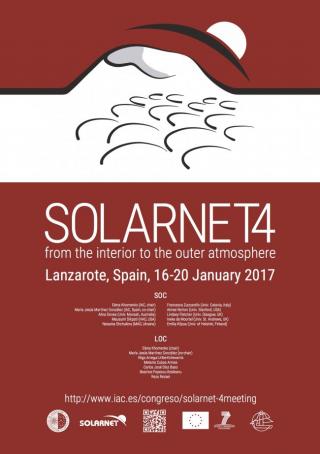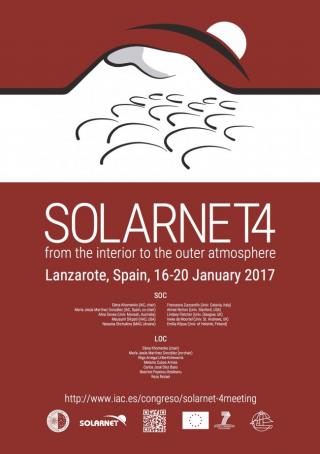
This morning the IV SOLARNET meeting "The Sun from its interior to its outer atmosphere" organized by the Instituto de Astrofísica de Canarias (IAC) began, in Arrecife (Lanzarote). The conference was inaugurated by the IAC researchers Elena Khomenko and Marian Martínez, respectively the chair and co-chair of the Scientific Committe, who are experts in Solar Physics, and welcomed the participants. They were followed by Manuel collados, coordinator of the European SOLARNET programme, which provides the framework for the meeting. In his talk this IAC researcher explained the guidelines of the
Advertised on




